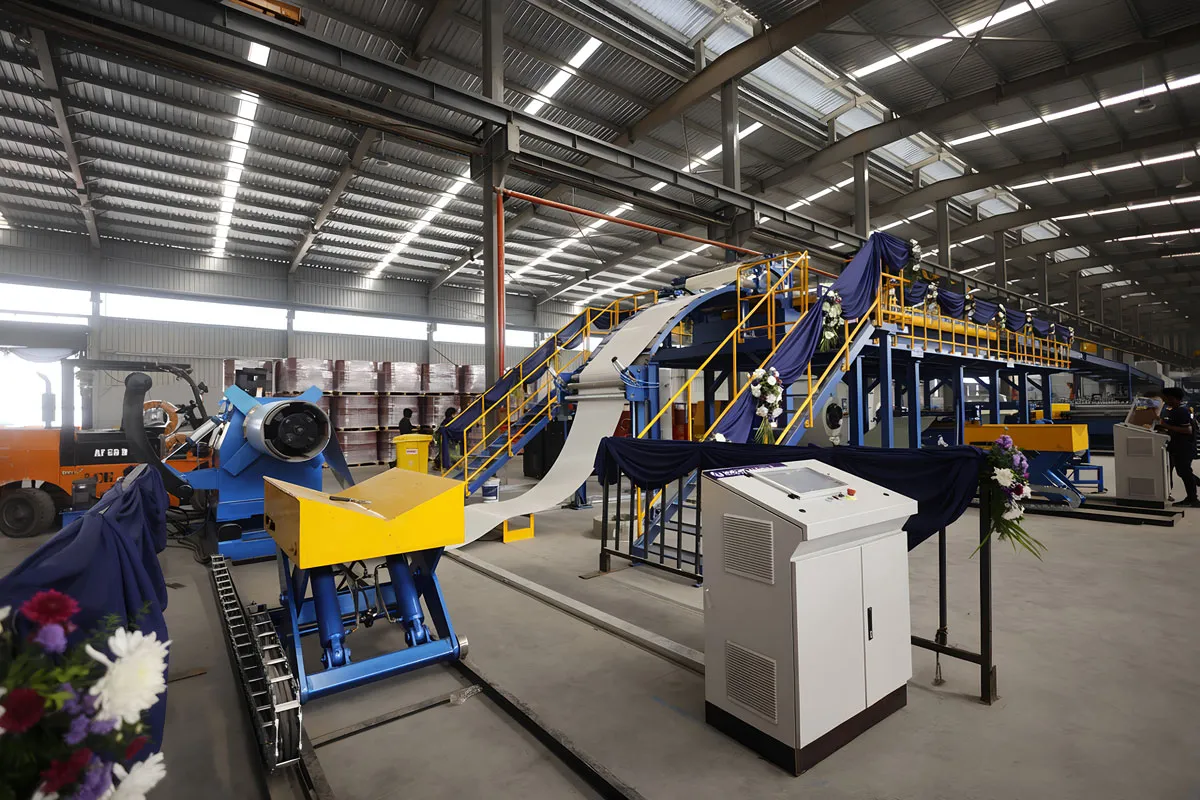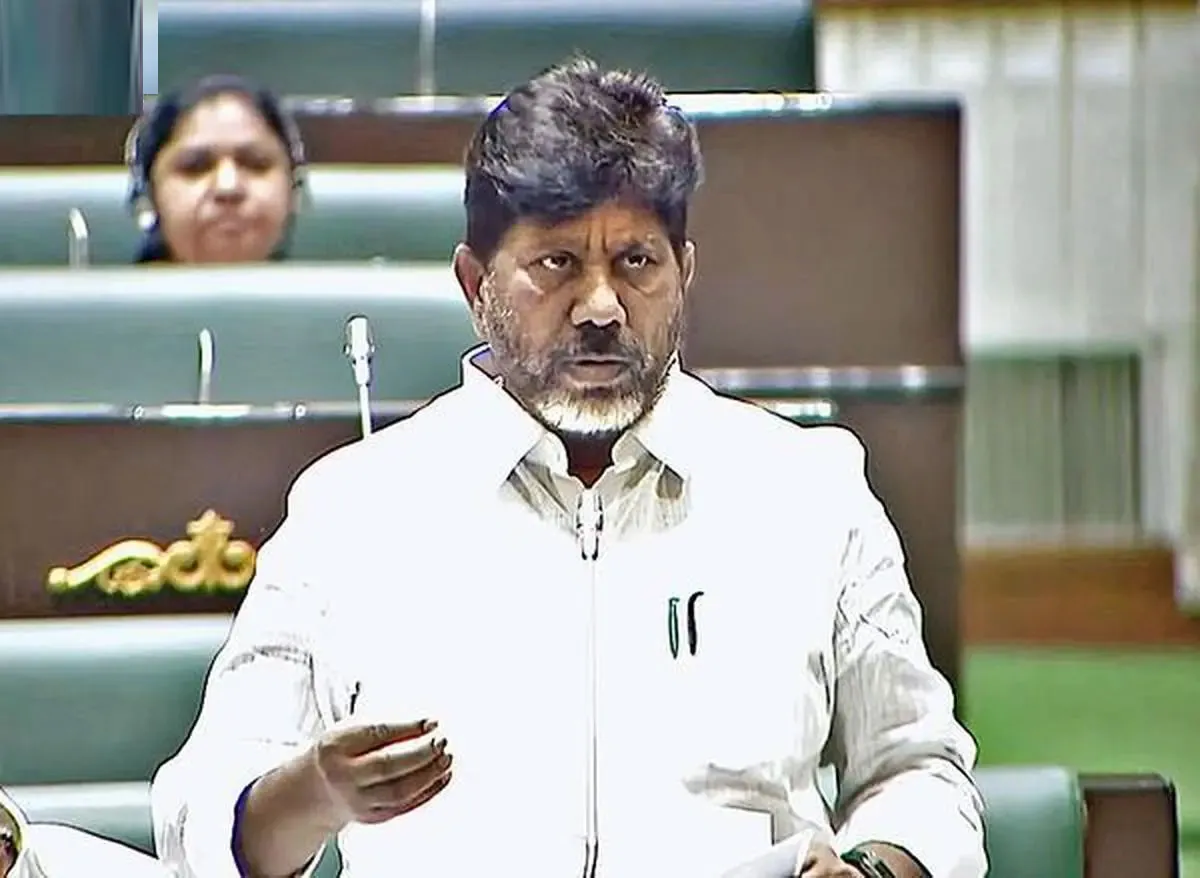With
the current funding structure or guidelines laid down by the Centre,
each selected city
under the government’s
Smart Cities mission,
for the period of four to five years, will receive Rs 5 billion and
an equally matching amount will be contributed by the state
governments. This means the state governments and Centre are required
to shell out or make an arrangement for Rs 1 trillion collectively
towards the selected 100 cities. That apart, municipal corporations
will contribute Rs 200 billion. Considering these huge numbers, the
Centre and state governments may be in a much better position in
terms of their revenue streams, but with an eye-popping Rs 1 trillion
to contribute, the ULBs have a mammoth task ahead.
In
this funding pattern, the Centre and state governments, with 46 per
cent of the contribution, remain the major shareholders in the Smart
Cities Mission, followed by convergence from various Centre-driven
schemes like AMRUT, Housing for All, etc, which comes to around 21
per cent, PPP with 20 per cent, equity funds with 4 per cent, ULBs 1
per cent and 8 per cent from other sources. Here, with 67 per cent,
Central Government grants and schemes remain the top contributor.
Thus, the dependence of selected smart cities on these grants can
certainly jeopardise their envisaged plans if not released on time.
In
the next five years, special purpose vehicle (SPVs) will spend Rs
1,642 billion on projects conceived under area-based development
(ABD) and Rs 389 billion on pan-city development. The question is,
though, how are these funds likely to be mobilised? For instance, the
selected ULBs carrying out the SCM are solely dependent on revenue
streams such as property tax, building licence fees and other
land-based levies such as betterment levy, valorisation, impact fee,
exaction, stamp duty, hawker or vendor fee, PPP and advertisement
fees. However, moving away from archaic ways of traditional funding,
cities are now vying for credit ratings for mobilisation of resources
through municipal bonds, crowd and pooled funding, etc, reflecting on
their keenness to think and act differently.
Bonding
together
In
India, the municipal bond market is largely untapped. Over the past
15 years, only a handful of municipal corporations have managed to
raise funds from bond issues to the tune of a mere Rs 15 billion.
However,
the game has changed with the advent of smart cities in India. In the
past two years, Pune Municipal Corporation (PMC) and Greater
Hyderabad Municipal Corporation (GHMC) have successfully raised Rs 4
billion. PMC will use its funds for a 24×7 water supply project,
whereas GHMC will use the funds for a strategic road development
project. In December 2018, the Greater Visakhapatnam Municipal
Corporation
(GVMC)
successfully
raised Rs 800 million to part-financing the development of sewerage
system and supply of treated water to various industries in
Visakhapatnam. It is also worth mentioning the recently issued
municipal bonds by Ahmedabad Municipal Corporation (AMC). The Rs 1
billion bond was oversubscribed 10 times within minutes, creating
history in the overall municipal bonds market in India.
Meanwhile,
to raise funds through municipal bonds, one needs capacity
augmentation of ULBs. As Prakash
Gaur, CEO, Andhra Pradesh Urban Infrastructure Asset Management
(APUIAML), explains,
“The ratings span 20 levels from AAA to D, with BBB- being
investment-grade rating; cities rated below BBB- have to get better
ratings to attract investors.” He further adds: “Considering the
long gestation period of urban projects, it is always beneficial to
opt for bond funding than using one’s own resources as the duration
is 10 years with a guaranteed return on investment for investors.”
Commenting
on the recent success of municipal bonds, Ashish
Sable, Senior Vice-President & Group Head, Debt Capital Markets,
SBI Capital Markets, says,
“I think the process of raising funds through municipal bonds will
make ULBs accountable to be transparent. This will compel the ULBs to
meet the investors’ requirement in terms of disclosure, discipline,
etc.”
Although
municipalities have tremendous potential for growth, except for a few
large municipalities, the growth of smaller municipalities, ULBs and
towns has been muted. According to reports, till now only 55 of the
94 cities had investment-grade ratings. Ratings are based on multiple
criteria, like the cities’ social and economic profile, operating
efficiency, policy framework, recent financials, etc.
So
why is it necessary for ULBs to opt for municipal bonds? According to
M
Hari Narayanan, Commissioner, Greater Visakhapatnam Municipal
Corporation,
municipal
bonds give a higher rate on investments compared to banks and bring
in a lot of financial discipline in the ULB as it needs to get its
account audited on a regular basis and has to show substantial cash
flow or revenue streams to the rating agencies.
Rs
7,000 billion is required for urban development over a period of 20
years, i.e., around Rs 350 billion per year. But does India have
enough instruments to fund this kind of capex? Let’s do a fact
check. The Government of India borrows around Rs 6,500 billion from
bond markets; however, India’s corporate bond market is equal to
what the Government is borrowing. In fact, it is much bigger. To cite
an example: Pune and Hyderabad have issued their bond at 7.57 per
cent and 8.9 per cent, respectively, which is far better than the
Central Government’s borrowing rate.



















